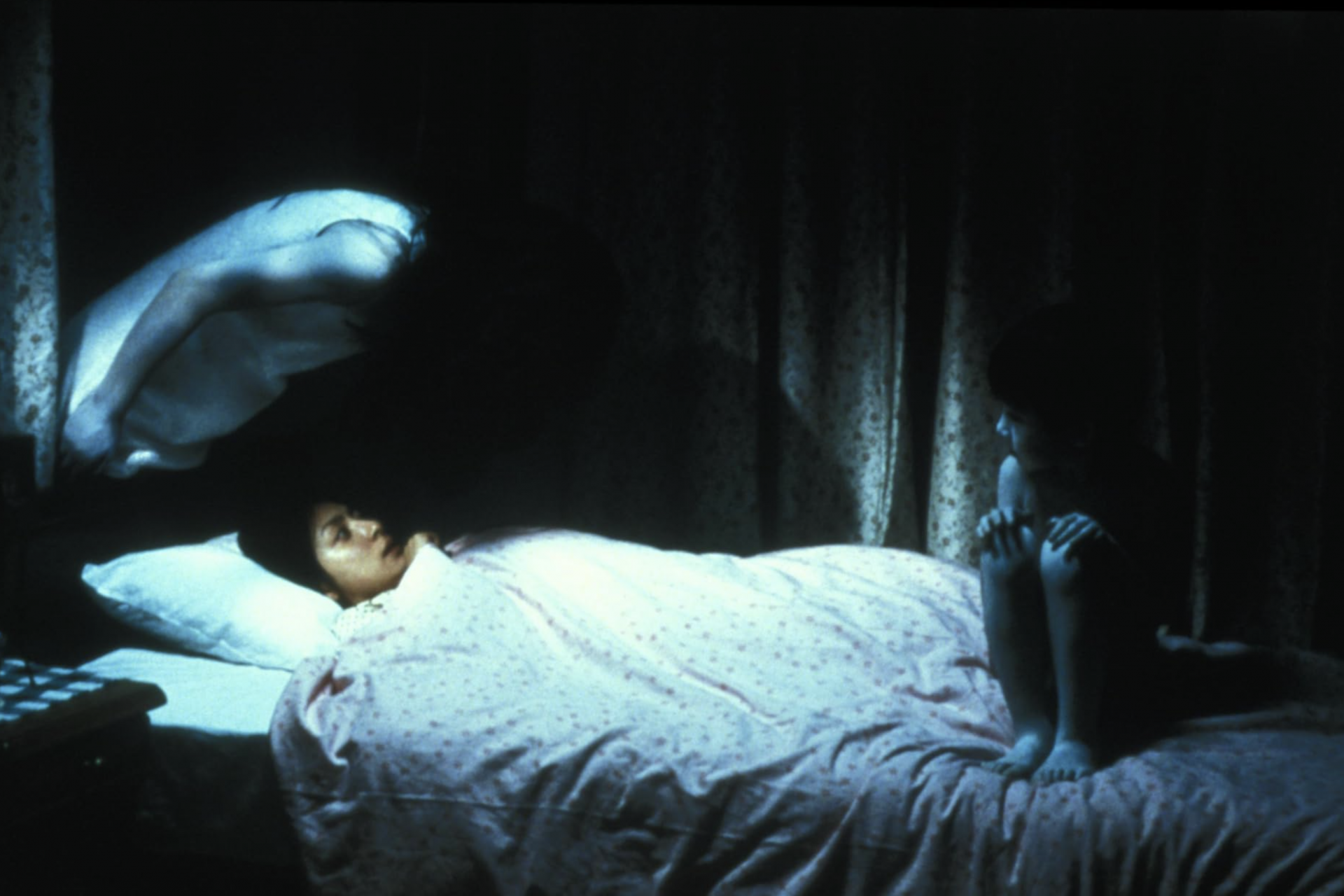Andy Warhol's extraordinary life and works
Andy Warhol is more modern than ever. 2022 brought us the Netflix series 'The Andy Warhol Diaries,' the small-screen adaptation of his posthumously-published 'Diaries' from 1989. The iconic book and series reveal many secrets of the King of Pop Art's life. How did he become one of the most iconic artists of the century?
Andy Warhol, born Andrew Warhola, was born in Pittsburgh on August 6, 1928, and was the third child of Slovak immigrants who moved to the U.S. in search of a better life.
Image: the Andy Warhol Museum in Pittsburgh (United States)
Warhol's childhood wasn't easy. As a child, he suffered from Sydenham's chorea, also known as 'St. Vitus' Dance,' a neurological illness caused by a bacterial infection that leads to seizures and skin blotchiness.
Image: the Andy Warhol Museum in Pittsburgh (United States)
His illness and subsequent hospitalizations weren't the only factors that led to his isolation. Being misunderstood by his peers further contributed to the creation of Andy's complex personality.
During his years of isolation and solitude, Warhol began to draw and create his own world through his work.
Andy Warhol's talent was visible from a very young age. By the time he graduated from Schenley High School at age 17, he had already won the Scholastic Art and Writing Prize.
Warhol originally wanted to study art education. Instead, he studied Commercial Art at Carnegie Mellon University. There, he joined two artistic groups, the Modern Dance Club and the Beaux Arts Society, and he was the director of the student-run art magazine 'Cano.'
Once he graduated, Warhol moved to New York. There, he entered the world of commercial art and advertising. He spent the rest of his life there and gained notoriety as an artist.
Shoes became a fundamental part of Warhol's life. Not his own shoes necessarily, but shoes in general. After Glamour magazine commissioned him to design shoes at the end of the 40s, he ended up working for the shoe company Israel Miller.
From then on, Andy Warhol's commercial work and art became increasingly intertwined. While attempting to juggle his profession and art, he developed 'the blotted line,' a technique that would define his career and catapult him to worldwide fame.
The 'blotted line' technique consisted of applying ink to paper while it was still wet. It was something similar to engraving but more rudimentary. With that technique, he began to use carbon copy paper and ink to create infinite copies of the same image with different colors or tones.
Warhol used his modern drawing skills as a magazine illustrator for prestigious publications such as Vogue, Harper's Bazaar, Seventeen, and The New Yorker.
In the early 50s, Andy Warhol began showing his work in avant-garde galleries. His first exhibit, in the Hugo Gallery in New York in 1952, was titled 'Fifteen Drawings Based on the Writings of Truman Capote.' Later on, his work was featured in the Museum of Modern Art as part of a collective exhibit. It would be the start of a very long career with his work displayed in countless galleries.
In 1962, Andy Warhol created The Factory, a studio at 231 East 57th Street. It would remain open until 1984. Some of his most famous works came out of The Factory, and Warhol's superstar friends would visit his studio.
David Bowie, Lou Reed, Mick Jagger, Nico, Ultraviolet, Velvet, and his great muse Edie Sedgwick, were just a few of Warhol's superstars: celebrities who came to The Factory to work with the king of Pop Art.
Andy Warhol's work is known for its criticism and exaltation of American society's consumerism and excess. His pieces were centered on the blotted line technique and emphasized consumption-related pop culture and means of communication that repeated in all possible forms.
Other times, Warhol would use the same techniques to illustrate grim, real-life scenes, such as fights, accidents, and funerals.
The Campbell's Soup piece was one of his most famous works. It's a clear example of his criticism of the consumeristic society, using a mass-produced item that repeated itself in 24 identical frames. He created them in 1962 using silk-screen printing.
His series featuring the legendary actress was a way to criticize Hollywood hypocrisy. Warhol's message was that Hollywood builds stars up just to tear them down. To get across the message, he started with a clear image of Marilyn Monroe that progressively got blurrier by using different colors and lines.
Politics was ubiquitous in Andy Warhol's work. As the 70s were marked by the Cold War, he made a series on Chinese leader Mao Tse-Tung as a criticism of communist dictatorships. Yet, as in almost all of Warhol's works, there was a playful element to his heavy-handed criticism.
'Eight Elvises’ is one of Andy Warhol's best-known series. He completed it in 1963 and sold it for 100 million dollars, breaking all Pop Art sales records. It's still one of the most expensive pieces in art history.
In the 60s, Warhol worked with The Velvet Underground and became their manager in 1965. This banana was the image used for their debut album called 'The Velvet Underground & Nico.'
Andy Warhol also used his own image in some of his works, such as his silk-screened piece 'Self-Portrait.'
This is a collection of multicolored skulls in pure Warhol style. The colors contrast with the macabre image of its content. Many historians connect this piece with the attempt on Warhol's life because he made it shortly after the incident.
Unlike his pop culture pieces, ‘Race Riot’ brought the stark reality of American race relations to life. In this case, he portrayed the race riots that took place in the US in 1963.
Among his long list of famous subjects are actors like Arnold Schwarzenegger, singers like Prince, and actresses like Liz Taylor and Ingrid Bergman (who he depicted like a nun).
Unlike his other two-dimensional works criticizing consumerism, the Brillo boxes piece has a more 3D sculptural look. It depicts a stacked pile of boxes containing steel wool pads that are used to clean dishes.
Pictorial art wasn't the only medium that Warhol used to express himself. He also tried his hand at directing films with his business partner Paul Morrissey.
Andy Warhol's movie career in film began in 1963. He used the same technique in film that he did in his visual art: repetition. Warhol would often produce racy content that was considered scandalous.
Photo: Warhol, left, with director Paul Morrissey in the center.
His film credits include ‘Kiss’ (1963), ‘Empire’ (1964), ‘Chelsea Girls’ (1966), ‘The Loves of Ondine’ (1967), and ‘Women in Revolt’ (1970).
A shocking moment in Andy Warhol's life was the murder attempt that he suffered at the hands of Valerie Solanas. The young woman came to see the artist to retrieve a film script that she'd given him, but then she shot him.
Andy Warhol misplaced the script that Solanas had given him. To rectify the situation, he offered her a role in the film, 'I, a Man.' But this didn't sit well with her. She began threatening him and shot him with a pistol in The Factory on June 3, 1968. Both Warhol and art critic Mario Amaya were wounded in the shooting.
The consequences of the attack that Warhol survived were horrible for him. He suffered from severe chronic pain, and in 1987, he had to have his damaged gall bladder surgically removed.
The gall bladder operation that Andy Warhol underwent took five hours. Although everything seemed fine at first, something went wrong after the procedure. A sudden arrhythmia took his life at only 58.
The frustrated attempt to end his life was the exact incident that led Warhol to document his experiences in a diary. It was posthumously published in 1989 under the title 'Diaries.' Thirty years later, Netflix would release a documentary that coincided with the 35th anniversary of his death.
Follow Showbizz Daily to see the best photo galleries every day














































